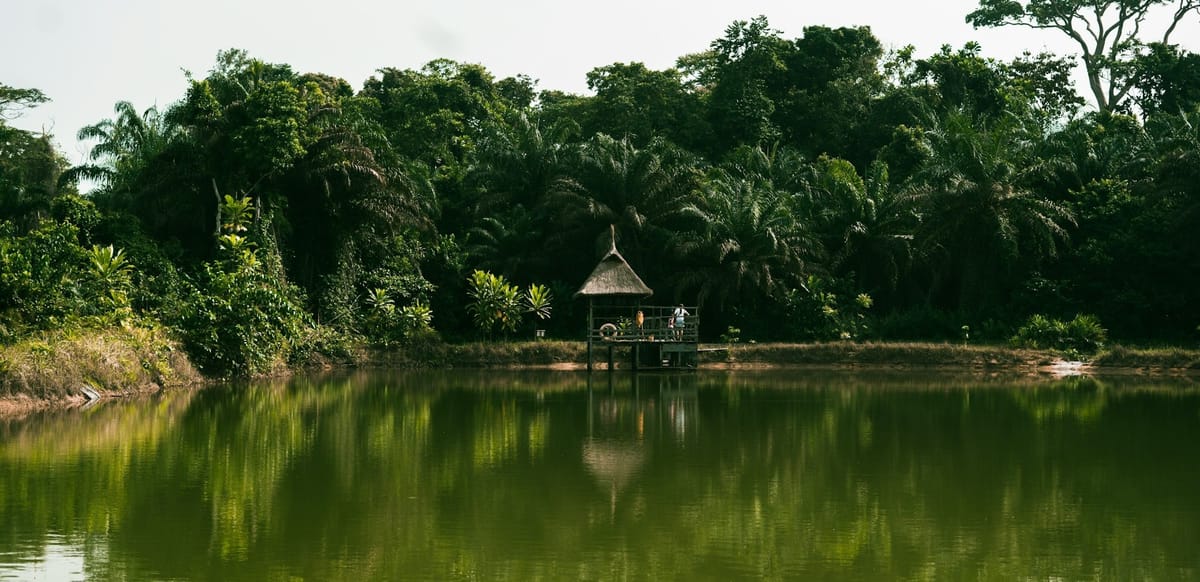Brain-Eating Amoeba Found in Pools and Tanks: A Growing Monsoon Threat We Can’t Ignore

As the monsoon season sweeps across India with its cooling rains and humid afternoons, another, more insidious threat is quietly making its presence felt—Naegleria fowleri, a deadly microorganism more commonly known as the brain-eating amoeba.
Recent reports from Kerala and Karnataka, including the tragic death of a 14-year-old girl in Kozhikode, have brought the spotlight back on this rare but lethal parasite. As more of us turn to local water sources, rooftop tanks, and swimming pools during the monsoon, understanding this threat—and how to guard against it—is more important than ever.
What Is Naegleria Fowleri?
Naegleria fowleri is a free-living amoeba typically found in warm freshwater environments such as lakes, rivers, hot springs, and increasingly, water storage tanks and swimming pools that are poorly maintained. The amoeba is harmless if ingested, but if water containing the amoeba enters the nasal passages, it can travel to the brain through the olfactory nerve, causing Primary Amoebic Meningoencephalitis (PAM).
This infection is extremely rare but almost always fatal. According to the US Centers for Disease Control and Prevention (CDC), out of 157 known cases in the United States between 1962 and 2022, only four people have survived.
What Happens After Infection?
Symptoms usually begin within 1 to 12 days of exposure, starting with:
- Severe headache
- Fever
- Nausea and vomiting
- Stiff neck
Within days, the infection can escalate to:
- Confusion
- Hallucinations
- Seizures
- Coma
- Death
The average time from symptom onset to death is about five days.
Dr. Rajeev Soman, an infectious disease expert based in Mumbai, explains:
“The issue with Naegleria is that it mimics bacterial meningitis initially, which leads to delayed diagnosis. Once it reaches the brain, treatment options are extremely limited.”
Why Now? Why During Monsoon?
The monsoon season creates a perfect storm of conditions for the amoeba to thrive:
- Warm, stagnant water collects in rooftop tanks, puddles, and poorly drained areas.
- Reduced chlorination or irregular tank cleaning increases contamination risk.
- People are more likely to bathe, wash, or even swim in untreated water.
- Infrastructure gaps in rural and peri-urban India make water treatment inconsistent.
According to Dr. Anurag Kumar, a microbiologist with the National Institute of Communicable Diseases:
“India’s tropical climate, combined with growing urban infrastructure that often lacks proper water sanitation, makes it likely that more Naegleria cases will be identified in the coming years—especially as awareness improves.”
A Brief History: Rare, But Not New
The first case of PAM was documented in Australia in 1965, but it wasn’t until the 2000s that Indian health authorities began to take note. Isolated cases have since been reported in Maharashtra, Tamil Nadu, Gujarat, and now, Kerala and Karnataka.
In 2011, a 5-year-old boy in Pakistan died from the infection after using tap water for religious ablutions. His case prompted the Karachi Water Board to overhaul chlorination protocols for entire city sectors.
In the US, infections are more common in southern states like Florida and Texas, often linked to summer lake swims. The CDC has even reported a case linked to neti pot use with tap water.
Diagnosis & Treatment: A Race Against Time
Diagnosis of PAM is difficult and often only confirmed post-mortem. However, aggressive treatment with antifungal and anti-parasitic drugs such as Amphotericin B, Miltefosine, and rifampicin have shown occasional success, especially when treatment begins early.
Experts emphasize early detection as the only window of hope. Yet, in most cases, symptoms escalate too quickly for treatment to be effective.
Prevention: What You Can Do
While the statistics are grim, PAM is entirely preventable. Here’s how:
- Avoid swimming in warm, stagnant water, especially after heavy rains.
- Keep your head above water when swimming in lakes or rivers.
- If you must swim, wear a nose clip to prevent water from entering the nostrils.
- Do not use tap water for nasal rinsing or neti pots unless it’s boiled or distilled.
- Clean rooftop water tanks regularly and ensure they are properly sealed.
- Maintain chlorine levels in pools at 0.5 mg/L or above.
The brain-eating amoeba might sound like a far-fetched horror story—but it’s a very real, very deadly organism. Its presence in India’s water systems, especially during the monsoon, is a reminder of the urgent need for better water hygiene, public awareness, and preventive measures.
As citizens, we may not be able to overhaul water systems overnight, but we can protect ourselves and our families by staying informed, cautious, and proactive.
This monsoon, let’s enjoy the rains—but keep the danger out of our tanks, noses, and lives.
Source:
CDC – Naegleria fowleri (brain‑eating amoeba)
https://en.wikipedia.org/wiki/Naegleria_fowleri (contains citations from CDC)
The Washington Post
https://www.washingtonpost.com/wellness/2025/07/03/brain-eating-amoeba-summer/
Economic Times (India)
https://economictimes.indiatimes.com/news/india/brain-eating-amoeba-claims-life-of-14-year-old-in-kerala-third-death-in-two-months-heres-all-you-need-to-know/articleshow/111489752.cms
PubMed Central (Rohtak, Haryana study)
https://www.ncbi.nlm.nih.gov/pmc/articles/PMC4618853/




